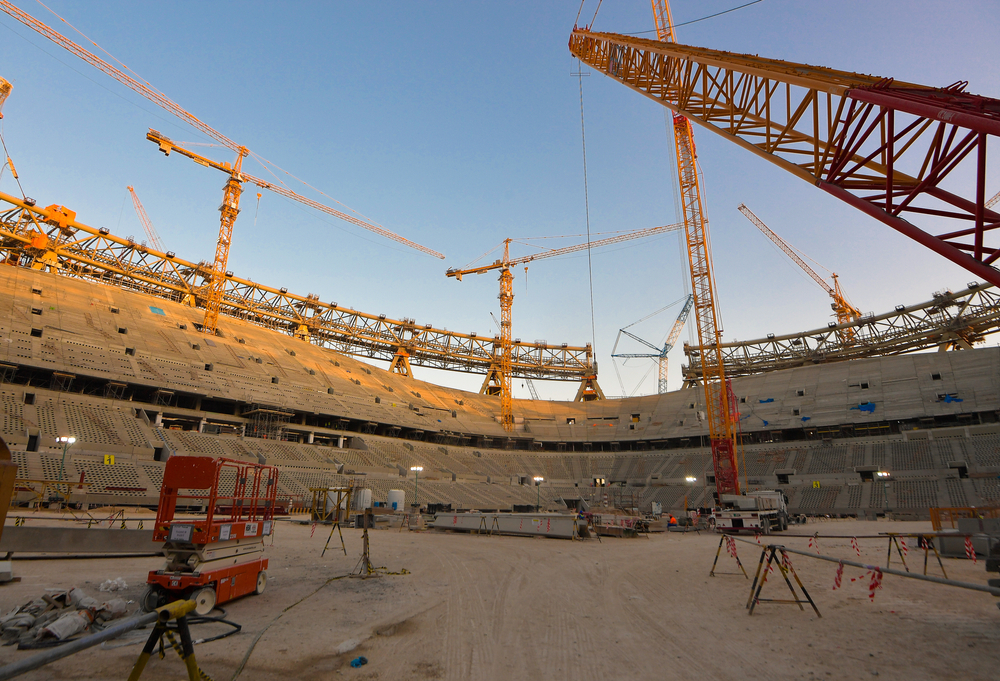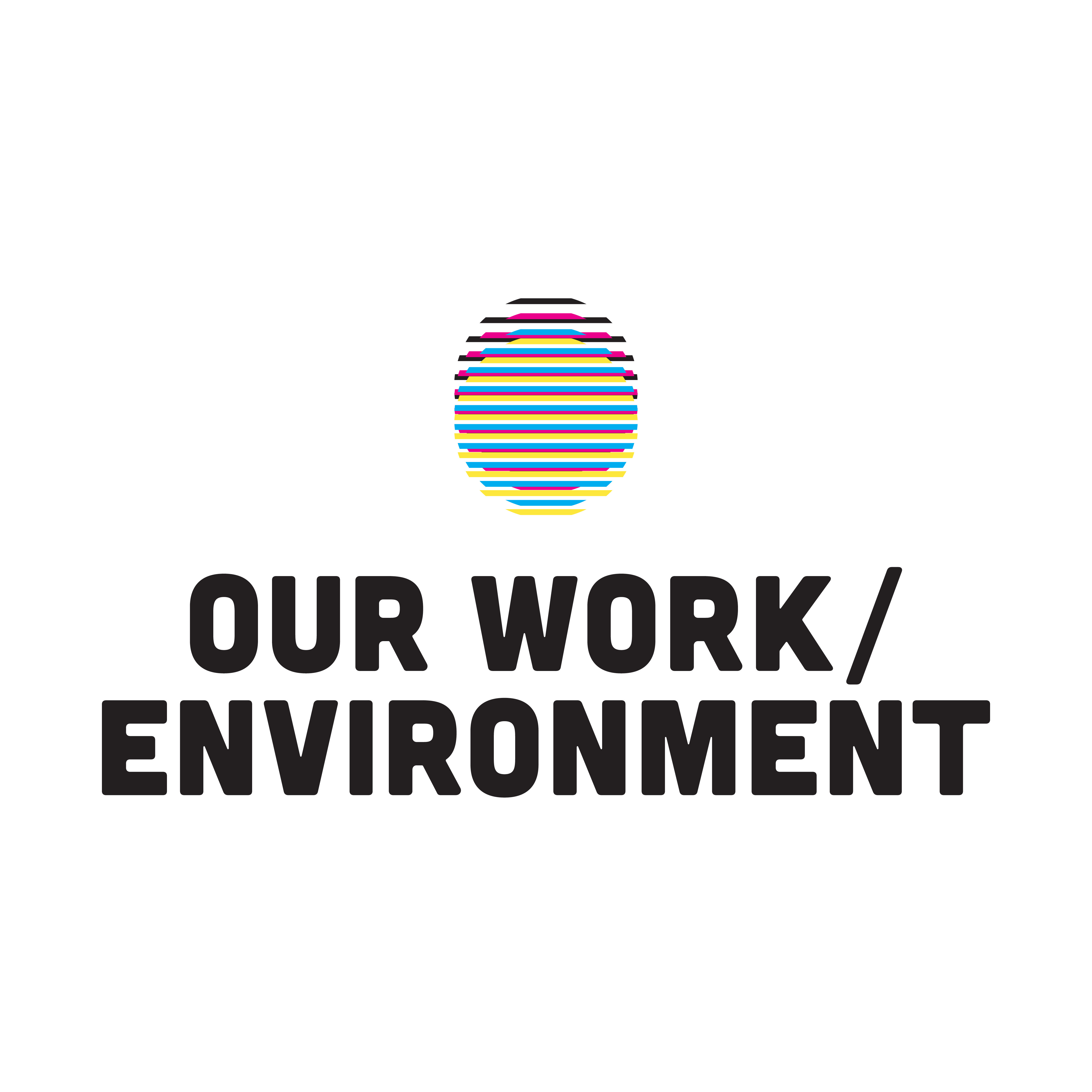When the U.N.’s International Organization for Migration predicts that as many as a billion people will be displaced by climate change over the next 30 years, it’s easy to picture entire communities uprooted by catastrophic hurricanes or swept away by epic floods made more likely by global warming, as we saw in the U.S. and Pakistan earlier this year. But climate-change-induced migration is just as likely to look like the southern Nepali village of Nagrain, where an increasingly unpredictable monsoon has led to droughts, floods, and heatwaves that make it nearly impossible to feed a family by farming the land. Local elders estimate that more than half the town’s men have left to work abroad, largely heading to Qatar and the Gulf countries in search of salaries to send home to their families. Approximately 3.5 million Nepalis (14% of total population) are working abroad today, up from 220,000 in 2008. And while climate is not driving all the migration, it is playing an increasingly important role. “Climate change is encouraging people to go to the Gulf for work,” says Surya Narayan Sah, a social worker from Nagrain. “Here we depend on the rain to farm, and when it is irregular, there is no food, so they have to buy it, and the only way to earn cash is to go abroad.”

As a nonprofit journalism organization, we depend on your support to fund more than 170 reporting projects every year on critical global and local issues. Donate any amount today to become a Pulitzer Center Champion and receive exclusive benefits!
Labor migration can be an adaptive solution for climate change, but only if it is done right. Most of the time it is not. Because of their desperation, these climate-driven migrant laborers are vulnerable to exploitation. In the Gulf, where organized labor unions are illegal, they lack the ability to advocate for their rights and for better working conditions. For this short film produced by TIME and Context and supported by the Pulitzer Center, I traveled the route that nearly half a million Nepali migrant laborers have taken over the past decade to to Middle Eastern countries like Qatar, where they have helped build the stadiums, hotels, transport systems and entertainment venues that will host fans and players for the upcoming men’s World Cup soccer championship that starts November 20.
Qatar has spent more than $200 billion in preparation for the World Cup, a building spree that has brought international attention to the country’s poor labor rights record. Even before FIFA, the international football association that runs the World Cup, invited Qatar to host the tournament in 2010, the country was plagued by allegations of human rights abuses of its migrant labor force, which makes up 85% of the country’s population and comprises a permanent underclass. Amnesty, Human Rights Watch, labor organizations, and other groups have all documented extortionate recruitment fees, unpaid wages, squalid living conditions, and exploitative contracts that amount to forced labor.
The world’s spotlight forced a kind of a reckoning. In 2017, Qatar started dismantling its “kafala” system of labor sponsorship in which migrants are bound to their employers and cannot change jobs, among other reforms. A new report by the International Labor Organization acknowledged that over the past four years Qatar has carried out significant reforms improving the “working and living conditions for hundreds of thousands of workers,” but that “more needs to be done to fully apply and enforce the labor reforms.” And despite the Qatari government’s attempts to differentiate government-supervised world cup construction projects from privately run building sites that don’t live up to official labor standards, a new survey of 60 migrant laborers working on FIFA-related projects by the human rights organization Equidem has revealed that discrimination, illegal recruitment practices and, in some cases, unpaid wages, nonetheless took place at World Cup stadium construction sites. The prevalence of these alleged abuses “on worksites so heavily regulated by Qatar, FIFA and their partners,” the organization notes, “suggests that the reforms undertaken over the last five years have acted as cover for powerful businesses that seek to exploit migrant workers with impunity.”
Climate change may be driving labor migration from countries like Nepal, but it is also making that work more dangerous, particularly in the Gulf, where temperatures are rising twice as fast as the rest of the planet. That drastically increases the risk to outdoor laborers. Qatar included stringent heat protections in its suite of labor reforms, and the country is now widely regarded as having one of the most progressive heat protection policies in the world, albeit from a very low bar (only a few U.S. states and a handful of countries have any heat protection policies at all). Even then, the policies are only as good as enforcement, and as the failures of other labor reforms demonstrate, enforcement in Qatar can be patchy.
Further, those policies are only tailored for current conditions. The climate in the Middle East is expected to warm by 9°F (5°C) by the end of the century, according to a June 2022 study published in the Reviews of Geophysics. To keep outdoor laborers safe in those conditions will require a radical overhaul of how construction is done. Some technological solutions, such as workwear that keeps laborers cool, already exist. Others are in the works, such as individual monitors that can track a worker’s heart rate, hydration levels, and core body temperature in order to prevent heat stress before it happens. But those technologies are expensive. They will only save lives if the lives are considered worth saving.












